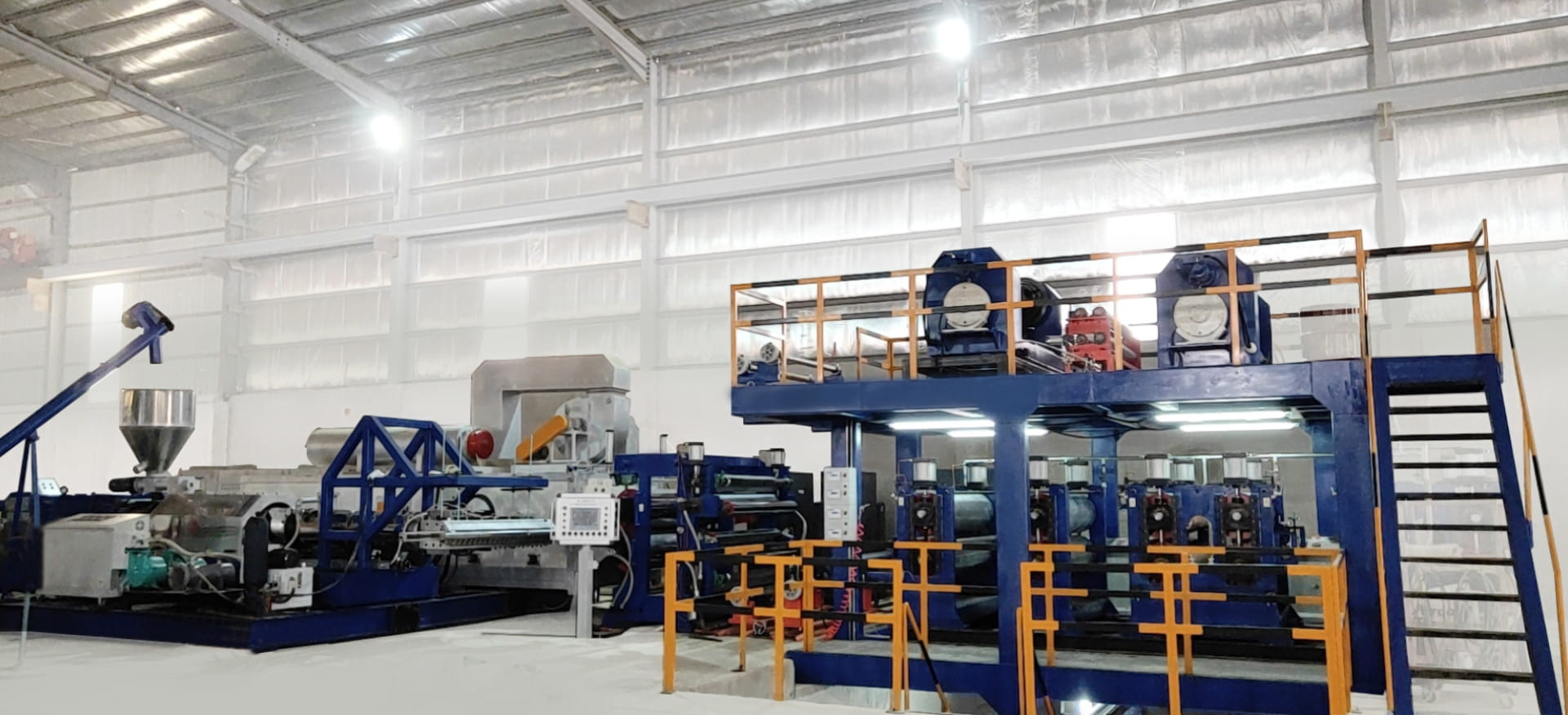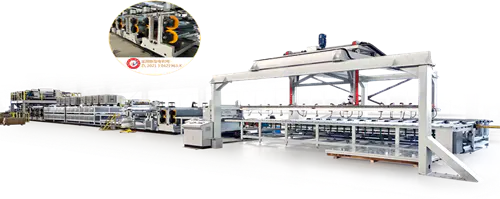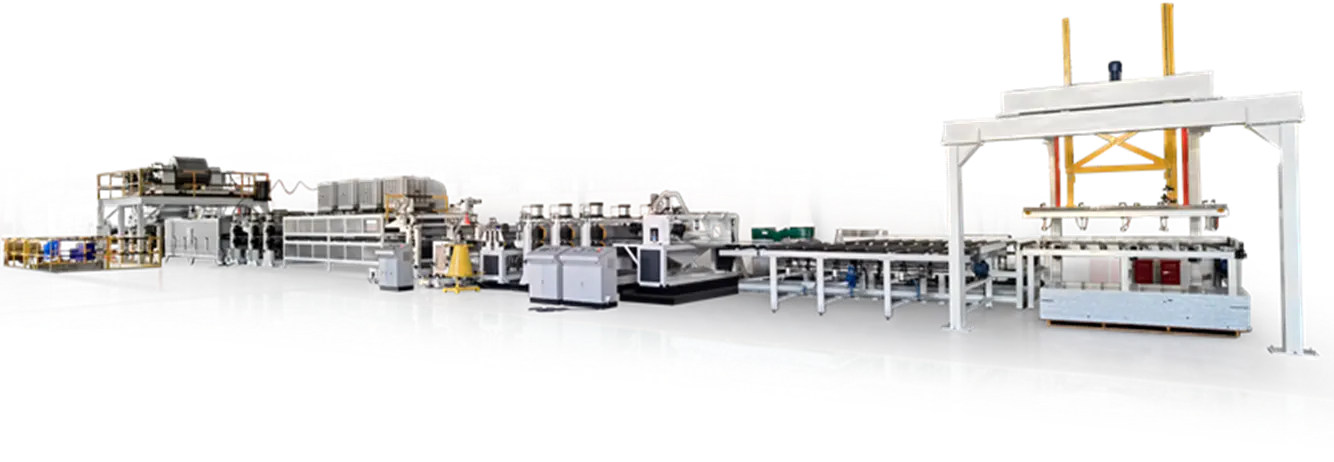A2 composite is a type of lightweight material that has become increasingly popular in various industries due to its high strength-to-weight ratio, durability, and corrosion resistance. It is made by combining two or more materials, typically aluminum and a thermoplastic core, to form a composite panel. A2 composite production lines are specialized manufacturing facilities that produce A2 composite panels on a large scale. In this article, we will explore the A2 composite production line, its components, and the process of A2 composite panel manufacturing.

Components of A2 Composite Production Line
An A2 composite production line is typically composed of the following components:
Raw Materials Handling System - This system includes equipment such as conveyors, hoppers, and storage silos that are used to transport and store the raw materials needed to produce A2 composite panels. The materials are typically aluminum sheets and thermoplastic cores.
Pre-Treatment System - This system prepares the aluminum sheets for bonding with the thermoplastic core. It typically includes a series of cleaning and surface treatment processes such as degreasing, etching, and rinsing.
Bonding System - This system is where the actual bonding of the aluminum sheets and thermoplastic core takes place. The core material is typically sandwiched between two aluminum sheets, and the layers are bonded together using heat and pressure.
Cutting System - This system is used to cut the composite panels to the desired size and shape. The cutting process may be performed manually or using automated equipment such as CNC routers.
Finishing System - This system includes processes such as edge trimming, sanding, and coating that are used to give the composite panels their final appearance and surface properties.
Process of A2 Composite Panel Manufacturing
The production process for A2 composite panels typically involves the following steps:
Raw Material Preparation - The aluminum sheets and thermoplastic core material are prepared for processing by the pre-treatment system.
Bonding - The pre-treated aluminum sheets and thermoplastic core material are fed into the bonding system, where they are sandwiched together and bonded using heat and pressure.
Cooling - The bonded panels are then cooled to a stable temperature to ensure the integrity of the bond.
Cutting - The composite panels are cut to the desired size and shape using the cutting system.
Finishing - The finished panels are then subjected to the finishing processes to achieve their final appearance and surface properties.
Applications of A2 Composite Panels
A2 composite panels have a wide range of applications in various industries due to their unique properties. Some common applications include:
Building Construction - A2 composite panels are commonly used in building facades, cladding, roofing, and interior partitions due to their high strength, durability, and fire resistance.
Transportation - A2 composite panels are used in the production of lightweight vehicle components such as body panels, roofs, and floors, which can help to improve fuel efficiency and reduce emissions.
Aerospace - A2 composite panels are used in the construction of aircraft and spacecraft components due to their high strength-to-weight ratio, durability, and resistance to corrosion.
A2 composite production lines are specialized facilities that produce A2 composite panels on a large scale. The production process involves the preparation of raw materials, bonding, cooling, cutting, and finishing. A2 composite panels have a wide range of applications in various industries due to their unique properties, including high strength-to-weight ratio, durability, and corrosion resistance. As technology continues to advance, we can expect to see even more applications for A2 composite materials in the future.

 中文简体
中文简体 English
English Português
Português русский
русский Español
Español عربى
عربى









